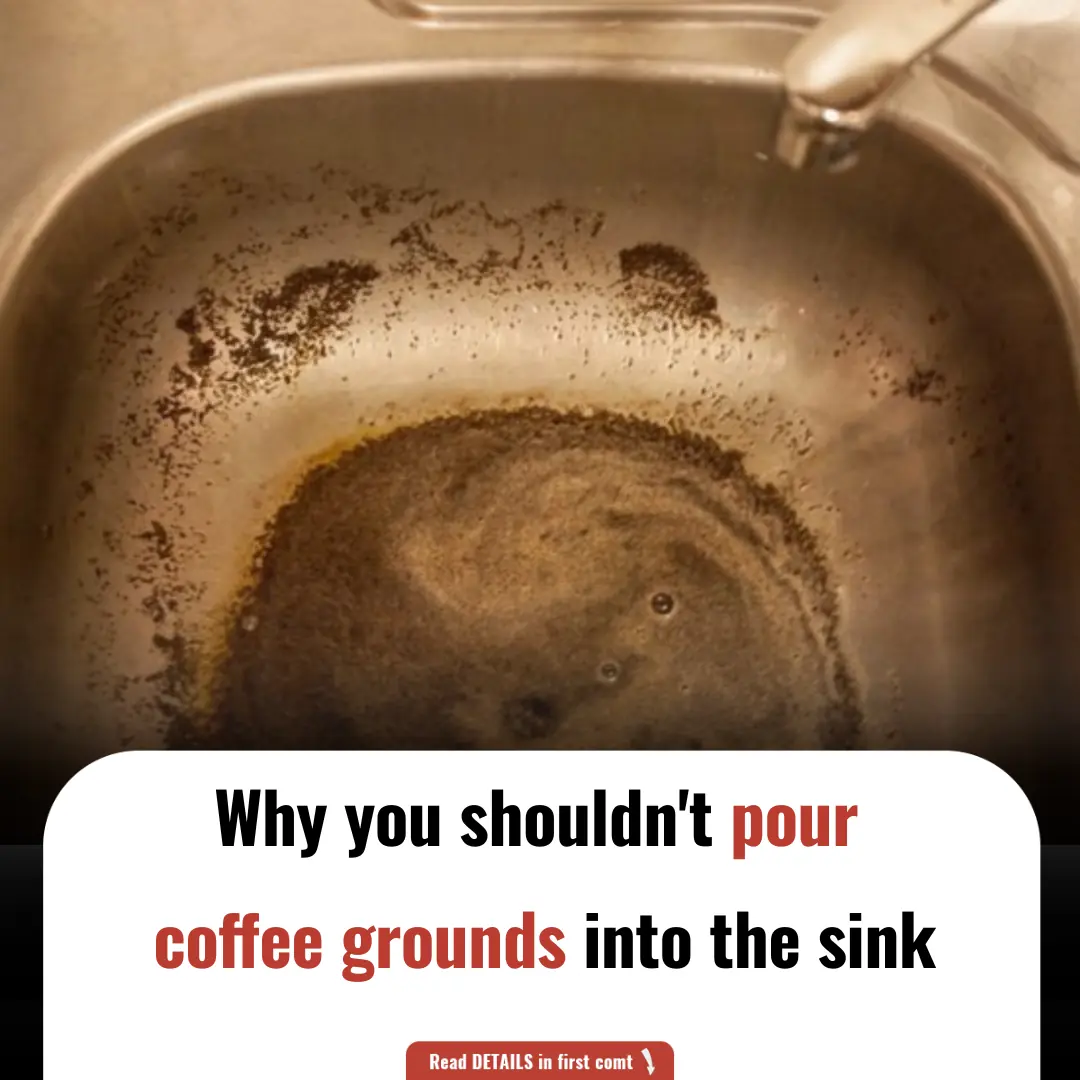
The Small Hole on the Sink: A Feature You Never Knew You Needed
Have you ever looked at the small hole near the top of your bathroom sink and wondered what it’s for? At first glance, it might seem like a minor design quirk or an aesthetic detail. But in reality, this unassuming little feature serves an essential purpose that could save you from a major mess.
🔍 What Is That Small Hole on the Sink?

The tiny hole you see near the upper part of the basin—typically located one-third of the way down—isn’t just for show. It’s called an overflow hole, and its main job is to prevent your sink from overflowing.
This hole is cleverly connected to the sink’s drainage system. If water levels in the basin get too high—say, because the faucet was left running—this hole allows the excess water to drain away safely before it spills onto your floor.
🛠 How the Overflow Hole Works
Let’s say you’re brushing your teeth and step away for a minute to answer a call, forgetting to turn off the tap. Water continues to fill the basin. Before it reaches the rim, the overflow hole kicks in—redirecting the excess water down into the drain. This simple mechanism can prevent costly water damage, especially in bathrooms with wooden cabinetry or upper-floor plumbing.
Think of it as a built-in safety valve: small but mighty.
⚠️ A Smart Design with a Small Downside
As useful as the overflow hole is, it’s not without its flaws. Because of its out-of-sight position, it often collects grime, bacteria, and mold, making it a common source of unpleasant odors in the bathroom.
If you’ve ever noticed a musty or sour smell coming from your sink—even after cleaning the bowl—chances are the overflow hole is the culprit.
🧼 How to Clean the Overflow Hole
Keeping this feature clean is both simple and necessary. Here’s a quick method to freshen it up:
-
Prepare a natural cleaning mix: Combine equal parts baking soda and vinegar (about ½ cup each).
-
Pour it into the overflow hole.
-
Wait 5–10 minutes as the foaming reaction helps dislodge gunk and kill bacteria.
-
Flush with warm water to clear out loosened debris and lingering odors.
You can repeat this process monthly as part of your regular bathroom cleaning routine.
💡 Pro tip: Use a funnel or a small bottle with a narrow spout to make pouring the solution easier and less messy.
🧠 Bonus Fact: Not All Sinks Have Overflow Holes
Interestingly, not all sinks are equipped with this feature. Some designer or vessel sinks, especially in modern bathrooms or minimalist designs, omit the overflow hole for aesthetic purposes. If your sink doesn't have one, it’s even more critical to avoid leaving the tap unattended.
✅ The Bottom Line
The small hole in your sink may be easy to overlook, but it serves a big purpose. Acting as a discreet safeguard against accidental flooding, the overflow hole is a perfect example of thoughtful engineering in everyday life.
Keeping it clean ensures it continues to work efficiently and keeps your bathroom smelling fresh.
So next time you're at the sink, take a moment to appreciate this tiny yet essential part of your bathroom’s plumbing system. It’s just one more way smart design makes your life easier—without you even noticing.
News in the same category


The hidden meaning of thumb rings: what they represent for women vs. men

Concerned Woman: Beware of Abandoned Prams on Roadsides!

Your Character According to Your Sitting Style

California’s Canals Are Being Covered With Solar Panels To Save Water And Generate Power

Scientists Regenerate Eyes With Stem Cells Restoring Corneas And Full Vision In Patients

Emma Stone explains why not believing in aliens is ‘narcissistic’ as she declares belief in extra terrestrial beings

Damaging effects of new ‘phubbing’ trend that could be ruining your relationship

Japanese airport has never lost luggage in over 30 years – This is why

A Company in Kenya Builds Houses From Recycled Shipping Containers – Solar-Powered and Ready in Days

What Terrible Things Happen When Women Lack Intimacy? A Painful Yet True Reality

Why You Should Never Place Your Bed Like This
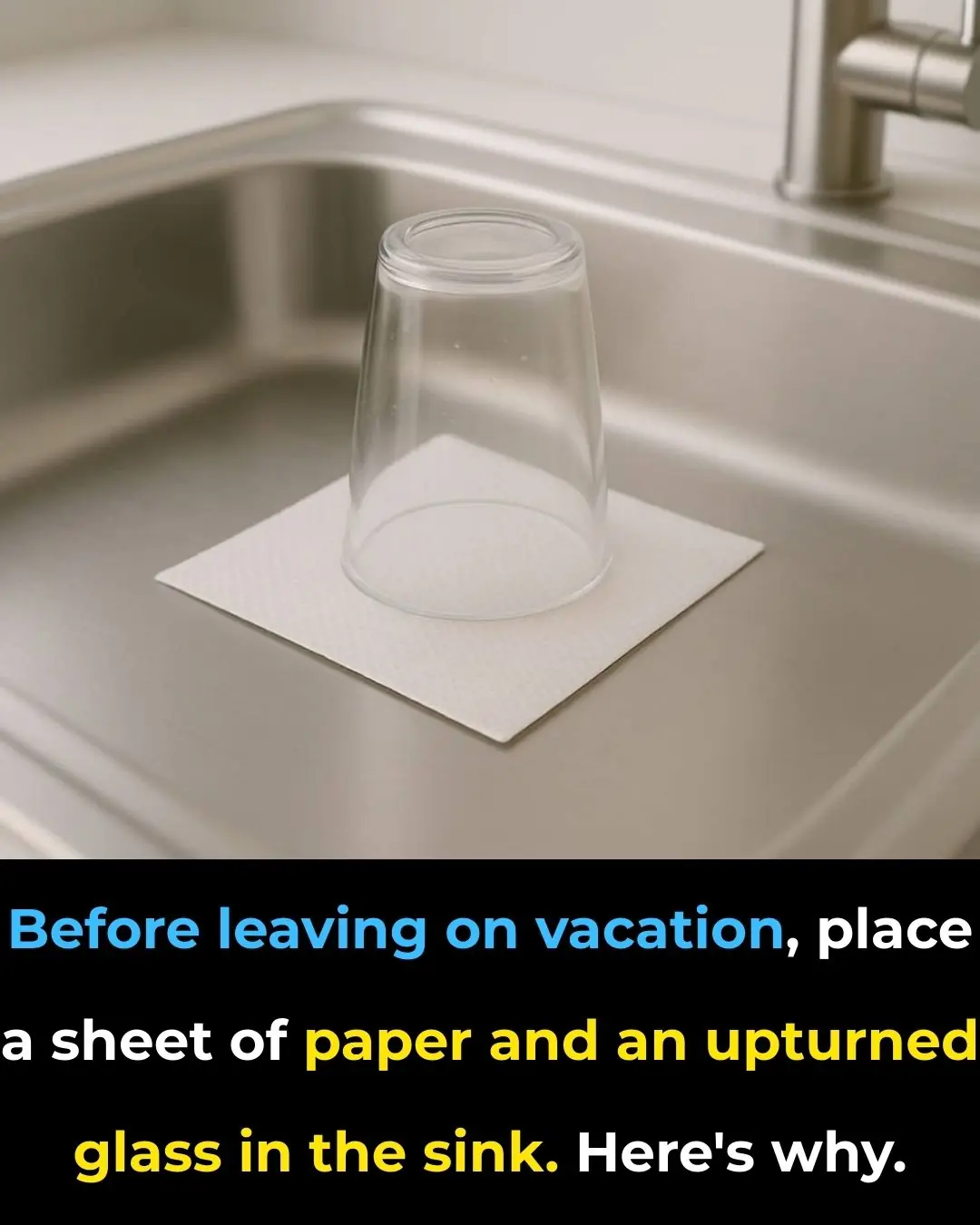
Sink Trick You Should Always Do Before Vacation

Elon Musk Issues Serious Warning on Japan’s Population Decline

What it says about your relationship when your partner sleeps with their back to you

Orlando Bloom explains ‘horrible’ side effects his weight-loss transformation caused

A:dult star reveals the clause written into her contract that helps keep her safe

Bear Attack Survivor’s Haunting Farewell Note to Wife After Gathering Pieces of His Own Flesh

Ring Finger Longer Than An Index Finger
News Post

Seniors: Take This for 5 Nights and See What Comes Out in Your Stool!
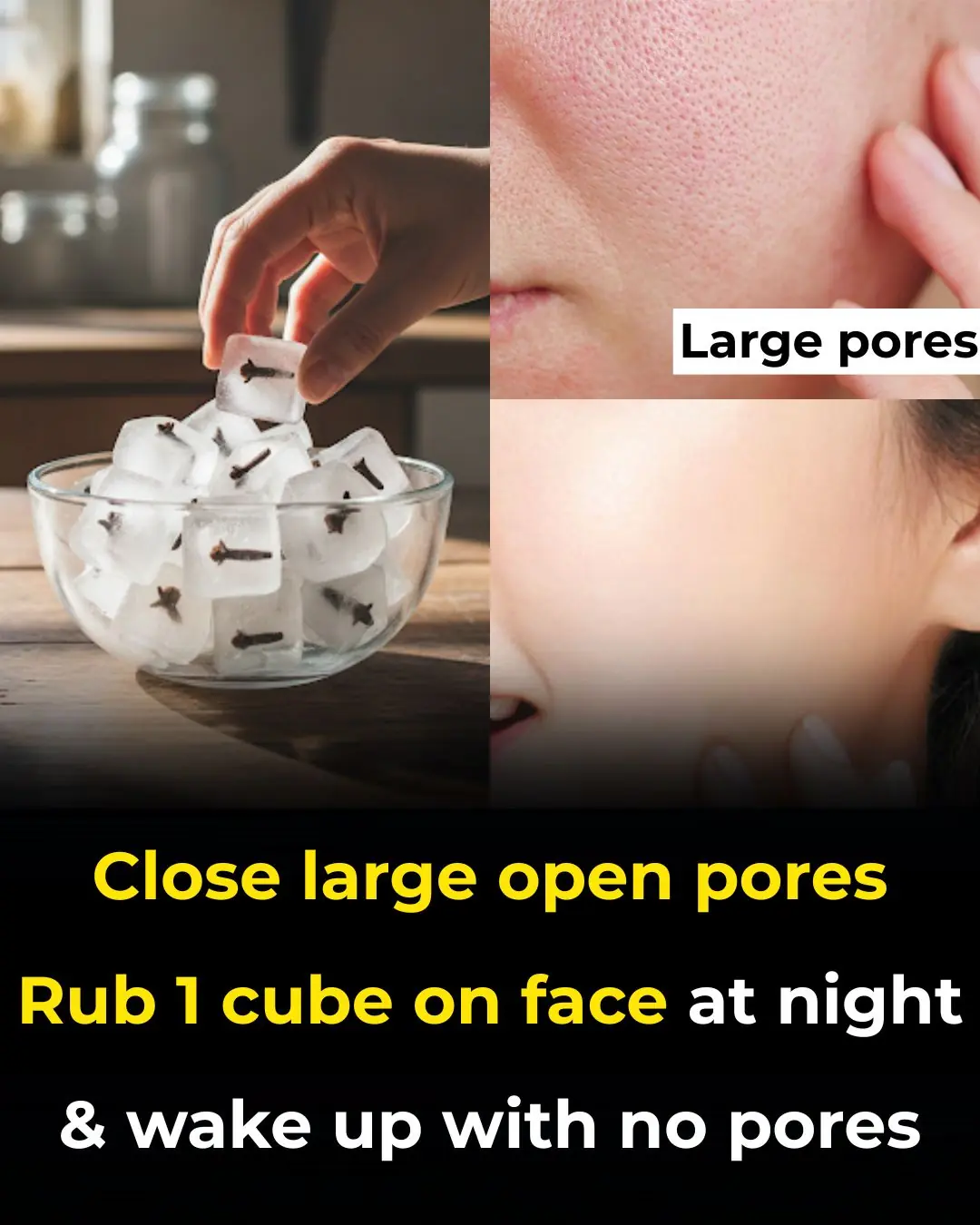
Clove benefits for Skin – Clove Oil, Clove Gel & Clove ice cubes

The Surprising Benefits of Overnight Tea: A Wasteful Habit You Might Not Know About
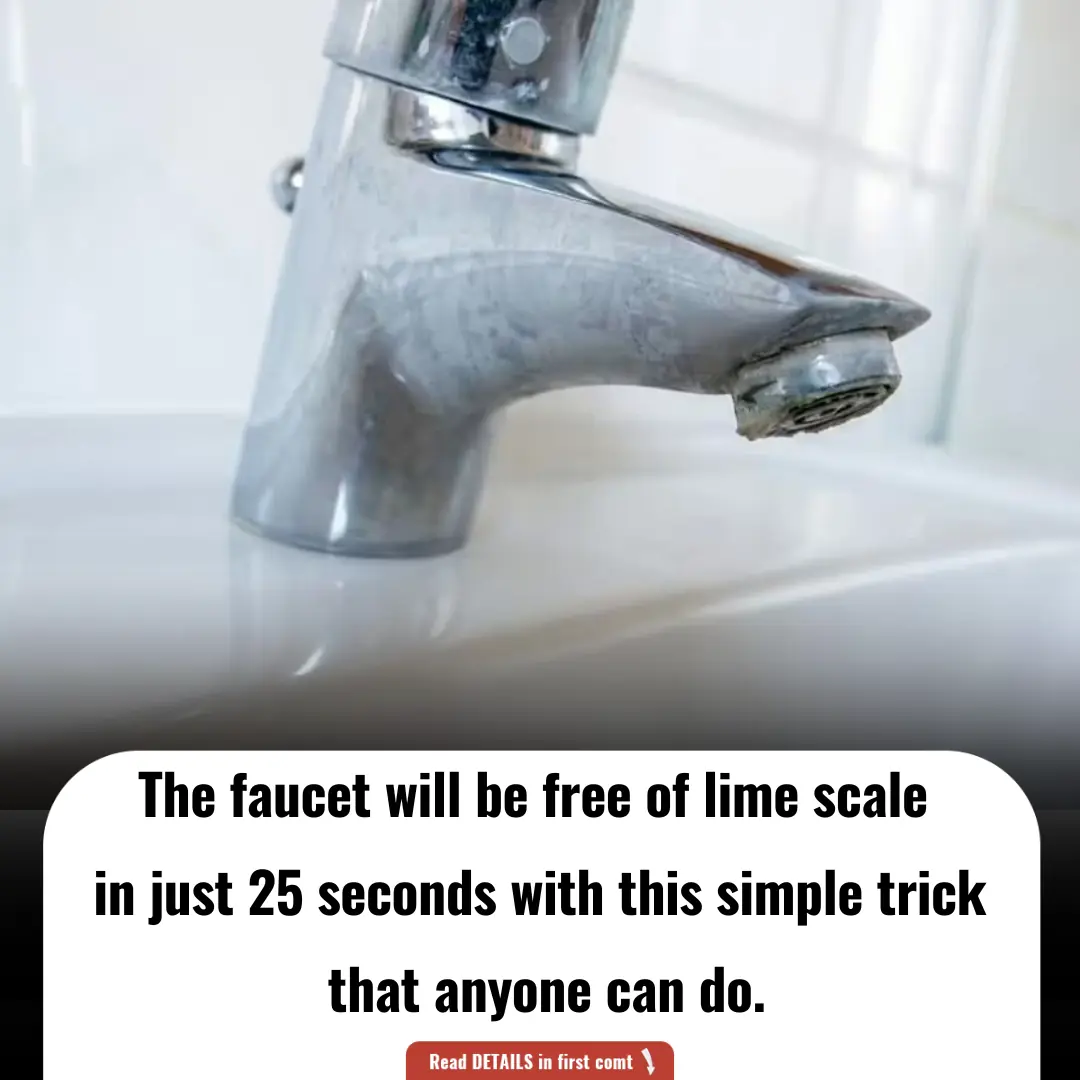
How to Clean Limescale Off Your Faucet in Just 25 Seconds with a Simple Trick

How to Clean Your Air Conditioner Easily in Just 15 Minutes — No Technician Needed, Even Women Can Do It Effortlessly
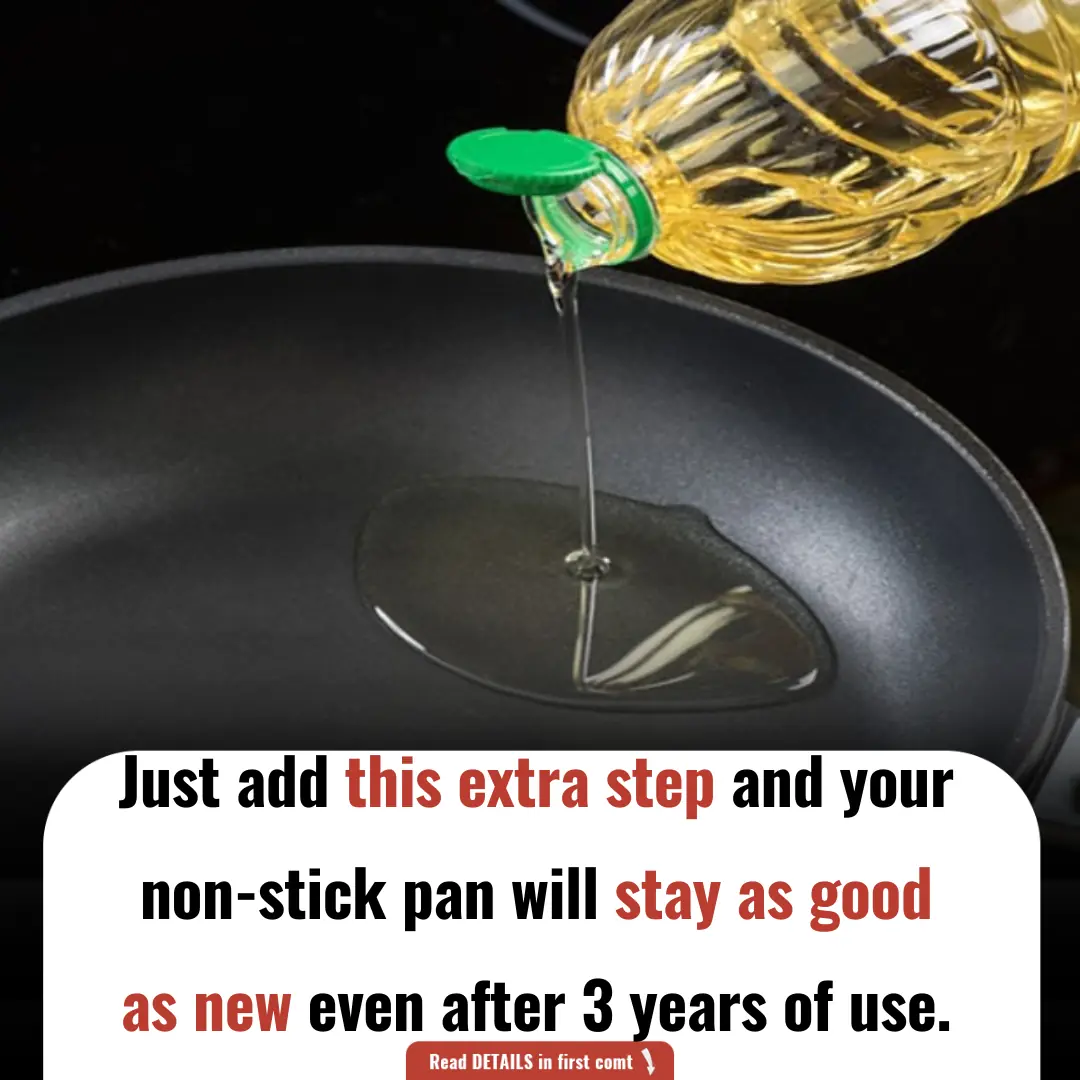
How to Keep Your Non-Stick Pan as Good as New for 3 Years: Simple Tips and Tricks

Using Electric Kettles to Boil Water: 9 Out of 10 Households Make This Mistake — Remind Your Loved Ones to Fix It Early

These 3 types of “acne” on the body could be cancerous; whether male or female, no matter the age, don’t ignore them.

Why Some People Can’t Handle Spicy Food

The hidden meaning of thumb rings: what they represent for women vs. men

🌅 Three Morning Symptoms That Could Be Early Warning Signs of Cancer

Woman shares ’embarrassing’ symptoms she regrets hiding from doctors as she’s diagnosed with incurable cancer

Concerned Woman: Beware of Abandoned Prams on Roadsides!

Your Character According to Your Sitting Style

They say the eyes are the windows to the soul — but what about the mind’s eye?

Should You Eat Rice for Breakfast

Japan has a Lower Rate of Breast Cancer than the U.S. – This Nutrient Makes the Difference

How To Do a 3-Day Sugar Detox to ACCELERATE Fat Loss And Improve Your Mood!
